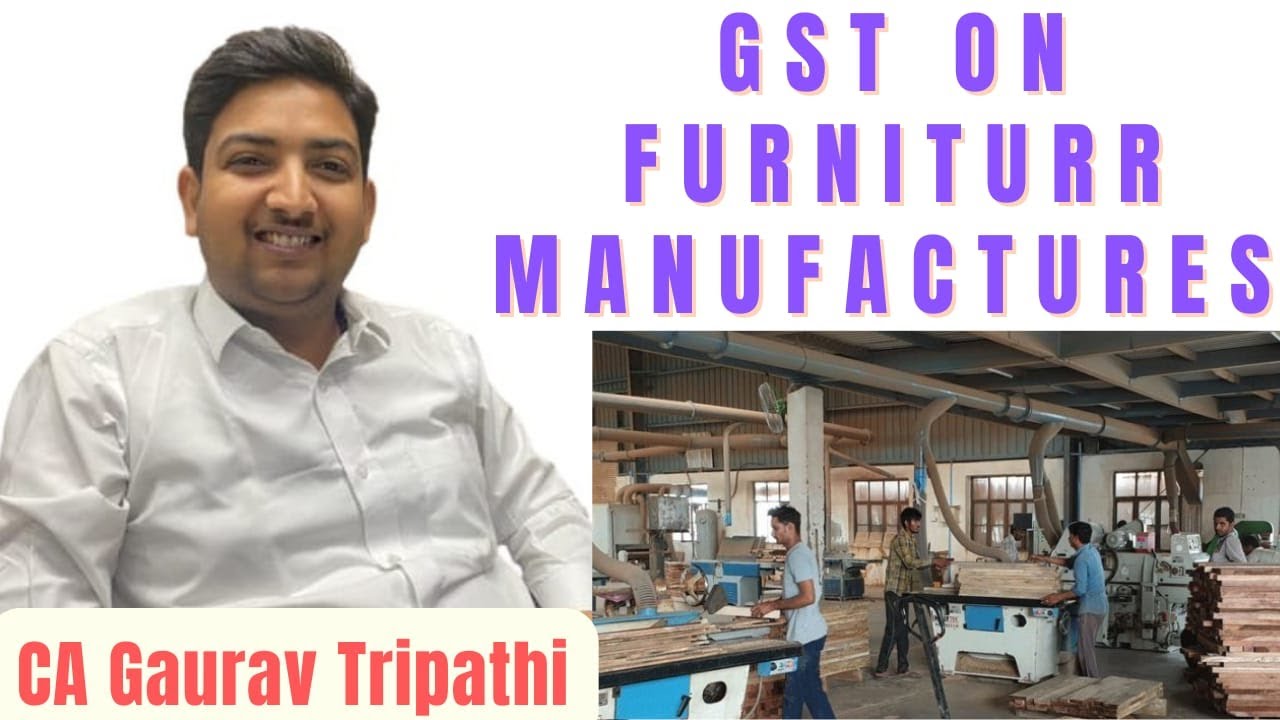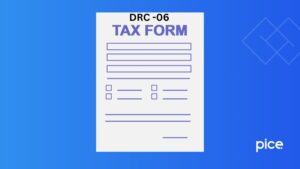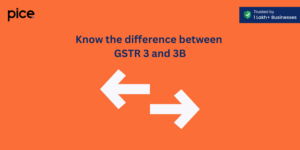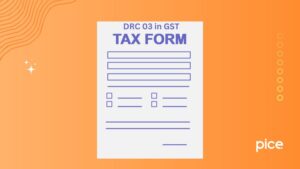GST Rate on Bagasse and other Wooden Articles
- 17 Aug 24
- 8 mins
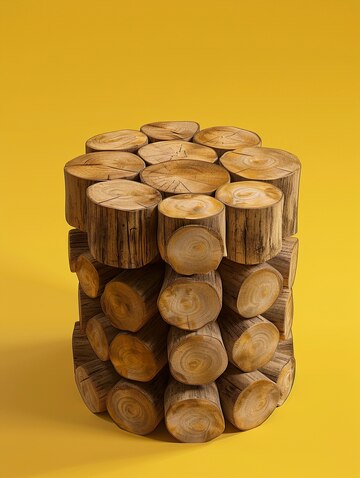
GST Rate on Bagasse and other Wooden Articles
Key Takeaway
- Bagasse-based laminated particle board is taxed at a standard GST rate of 18%, aligning with other processed wood products.
- Lower GST rates on basic wood products like firewood and wood chips (5%) promote affordability and sustainability.
- Plywood and more processed wooden products attract a GST of 18%, reflecting their enhanced utility and value.
- Luxury wood products, such as ornate wooden furniture, are subject to the highest GST rate of 28%.
- Accurate classification of wood and wooden furniture using HSN codes is essential for compliance with GST regulations.
GST Rate on Bagasse-Based Laminated Particle Board
The GST rate applicable to bagasse-based laminated particle board is typically 18%. This rate is in line with other processed wood and composite wood products, reflecting the value-added nature of these materials in the market.
Applicability of GST on Bagasse-Based Laminated Particle Board
The inclusion of bagasse-based laminated particle board under the GST regime underscores the government's approach to taxing environmentally sustainable products at a standard rate. The GST application ensures uniformity in taxation across similar products and promotes transparency in the building materials market. It also encourages the adoption of sustainable practices by recognizing and regulating alternative materials like bagasse in mainstream industries.
This tax rate supports the sustainable materials sector by providing a clear regulatory framework, which can help businesses plan their production and pricing strategies effectively. As the market for sustainable and eco-friendly products grows, understanding and applying the correct GST rate is crucial for manufacturers and distributors to remain compliant and competitive.
GST Rates of Goods
GST Rates for Plywood
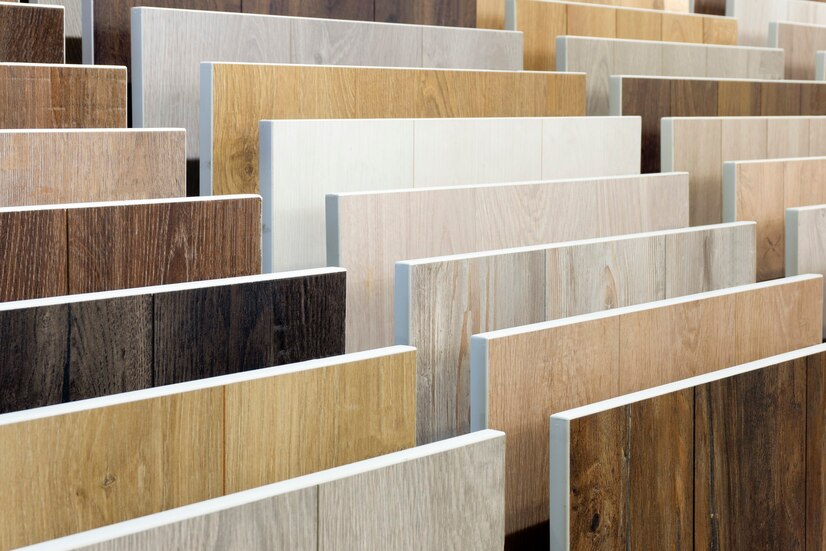
Plywood is a widely used material in construction, furniture making, and various other applications. It is made by gluing together multiple thin layers of wood veneer. The GST rate for plywood is typically set at 18%. This reflects its processed nature and broad utility in both residential and commercial settings.
GST Rate for Wood for Pulp
Wood for pulp refers to specific types of wood that are primarily used to produce paper and paper-related products. This category typically includes softer woods that are easier to break down into pulp. The GST rate for wood intended for use in pulp production is generally lower, at 5%. This reduced rate aims to support the paper industry, which plays a critical role in various sectors of the economy.
GST Rate for Pulp Wood
Pulp wood, similar to wood for pulp, is specifically used in the paper-making process. It also attracts a GST of 5%. This rate is designed to encourage the production of paper goods by making the raw materials more cost-effective for manufacturers.
GST Rate for Firewood
Firewood is a basic necessity for many, especially in rural and semi-rural areas, where it is commonly used for cooking and heating. Recognizing its essential nature, firewood is taxed at a lower GST rate. The GST rate for firewood is 5%, which helps make it affordable for the populations that rely on it the most.

GST Rate for Wood Charcoal
Wood charcoal is another important fuel source, used both domestically and industrially. It offers a renewable alternative to fossil fuels in many applications. The GST rate for wood charcoal is also set at 5%. This rate supports its use as a more environmentally friendly fuel option, aiding in maintaining affordability and encouraging its use over more polluting alternatives.
GST Rate for Wood Chips
Wood chips are versatile and are used for various purposes including as mulch in landscaping, for making paper, and as biomass for energy production. Like firewood and charcoal, wood chips are also subject to a GST rate of 5%. This lower rate facilitates the use of wood chips in sustainable practices and supports industries such as horticulture and renewable energy.
GST rates on Wood and Wooden Furniture
Wood and Wooden Furniture Attracting 12% GST
Wood and wooden products that attract a 12% GST rate generally include those used for building or basic furniture, which are essential but not luxurious. These might include:
- Unpolished and unassembled wooden furniture.
- Wooden frames for paintings, photographs, mirrors, etc.
- Wooden packing cases, boxes, crates, drums, and similar packagings.
- Wooden tableware and kitchenware.
This category is aimed at moderately processed wood products that are necessary for everyday use but do not fall into the luxury or highly processed categories.
Wood and Wooden Products Attracting 18% GST
Products in this category are more processed and are typically used in better quality furniture and other wood-based products, such as:
- Polished and ornate wooden furniture.
- Plywood, veneered panels, and similar laminated wood.
- Wooden articles and decorative pieces used in home decor.
This rate reflects the additional processing and aesthetic value added to the products, positioning them above the basic utility items.
Wood and Wooden Products Attracting 28% GST
The highest rate of 28% is reserved for wood products that are considered luxury goods. These include:
- Luxurious wooden furniture that is both polished and ornate.
- Decorative laminates and other high-end wood-based decorative products.
This category is tailored for high-end consumers who are purchasing wood products not just for utility but as luxury items for their aesthetic appeal and status enhancement.
Conclusion
The variation in GST rates from 12% to 28% for wood and wooden products is structured to cater to different market segments, from basic utility to luxury consumption. This tiered taxation system helps regulate the market according to the economic value and processing level of the products, ensuring that essential goods remain more accessible while luxury items are taxed at a higher rate. Understanding these rates is crucial for businesses in pricing their products appropriately and for consumers in making informed purchasing decisions.
💡If you want to pay your GST with Credit Card, then download Pice Business Payment App. Pice is the one stop app for all paying all your business expenses.
HSN Code for Wood and Wooden Furniture
When dealing with wood and wooden furniture, knowing the correct Harmonized System Nomenclature (HSN) codes is crucial for tax compliance and proper classification in trade documentation. The HSN codes are part of an internationally standardized system of names and numbers to classify traded products.
HSN Code for Wood
Wood, depending on its form and use, is classified under several HSN codes:
- Raw wood (logs, unprocessed timber) generally falls under HSN code 4403. This code is used for wood in the rough, whether or not stripped of bark or sapwood, or roughly squared.
- Wood sawn or chipped lengthwise is classified under HSN code 4407. This includes planks, beams, and boards cut from logs.
- Wood in the form of pellets is classified under HSN code 4401, commonly used for fuel and some types of manufacturing processes.
HSN Code for Wooden Furniture
Wooden furniture encompasses a wide range of products designed for use in various settings, from homes to offices, and is classified under specific HSN codes based on the type and purpose of the furniture:
- Wooden furniture for bedrooms, living rooms, and other household settings falls under HSN code 9403 60. This includes items such as wooden beds, tables, and cabinets.
- Office furniture made of wood, such as desks and bookcases, also falls under HSN code 9403, but more specific sub-classifications may apply depending on the features and design.







